What Is Endoscopic Brow Lift ?
An endoscopic brow lift is a minimally invasive surgical procedure used to lift and rejuvenate the eyebrows and forehead. It involves the use of an endoscope, which is a thin tube with a camera and light attached to it, to visualize and access the underlying tissues. Small incisions are made in the scalp, and the endoscope is inserted to guide the surgeon in repositioning the muscles and tissues of the forehead. This technique allows for a more precise and targeted approach compared to traditional brow lift procedures. The endoscopic brow lift is known for its shorter recovery time, reduced scarring, and natural-looking results.
1、 Definition and Purpose of Endoscopic Brow Lift
Endoscopic brow lift, also known as endoscopic forehead lift, is a minimally invasive surgical procedure used to lift and rejuvenate the brow and forehead area. It involves the use of an endoscope, which is a thin tube with a camera attached to it, to visualize and access the underlying structures of the forehead.
During the procedure, several small incisions are made within the hairline, through which the endoscope and other specialized instruments are inserted. The surgeon then lifts and repositions the muscles and tissues of the forehead, removing any excess skin if necessary. This helps to smooth out wrinkles, raise drooping eyebrows, and create a more youthful and refreshed appearance.
The main purpose of an endoscopic brow lift is to address signs of aging in the upper face, such as sagging eyebrows, forehead wrinkles, and frown lines. It can also help to improve the appearance of heavy or hooded eyelids. By lifting the brow and tightening the forehead muscles, this procedure can create a more open and alert look to the eyes, making the individual appear more youthful and rejuvenated.
Compared to traditional brow lift techniques, the endoscopic approach offers several advantages. It requires smaller incisions, resulting in less scarring and a quicker recovery time. The use of the endoscope allows for better visualization and precision during the procedure. Additionally, the risk of nerve damage is reduced, leading to a lower chance of complications.
The latest point of view on endoscopic brow lift is that it is a safe and effective procedure with long-lasting results. It is often combined with other facial rejuvenation procedures, such as eyelid surgery or facelift, to achieve a more comprehensive facial rejuvenation. However, it is important to consult with a qualified and experienced plastic surgeon to determine if endoscopic brow lift is the right option for an individual's specific needs and goals.
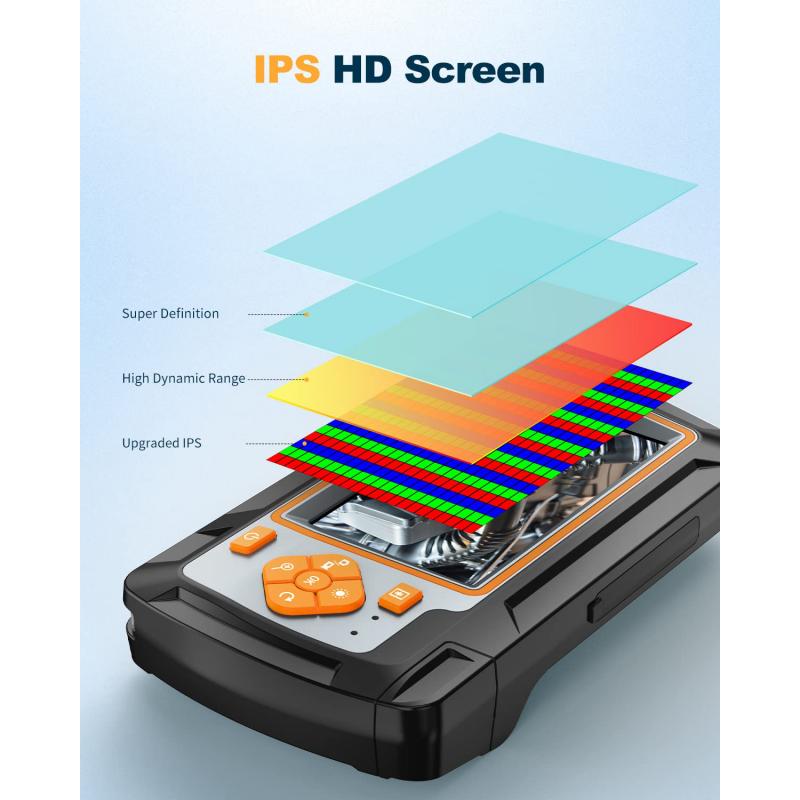
2、 Surgical Technique for Endoscopic Brow Lift
An endoscopic brow lift is a minimally invasive surgical procedure used to lift and rejuvenate the eyebrows and forehead area. It is performed using an endoscope, which is a small, flexible tube with a camera and light attached to it. This allows the surgeon to visualize the internal structures of the forehead without making large incisions.
During the procedure, several small incisions are made within the hairline, and the endoscope is inserted to guide the surgeon. Specialized instruments are used to release the attachments of the forehead muscles and lift the eyebrows to a more youthful position. The excess skin is then removed, and the incisions are closed with sutures or clips.
The endoscopic brow lift offers several advantages over traditional brow lift techniques. It results in smaller incisions, less scarring, and a shorter recovery time. The procedure is also less invasive, as it does not require the surgeon to detach the forehead from the skull.
The latest point of view on endoscopic brow lift is that it provides a more natural-looking result compared to other techniques. By using the endoscope to visualize the internal structures, the surgeon can precisely lift and reposition the eyebrows, creating a more youthful and refreshed appearance. Additionally, the smaller incisions and reduced trauma to the tissues result in less post-operative swelling and discomfort.
Overall, the endoscopic brow lift is a safe and effective procedure for individuals seeking to improve the appearance of their forehead and eyebrows. It offers a minimally invasive approach with excellent cosmetic outcomes. However, it is important to consult with a qualified and experienced plastic surgeon to determine if this procedure is suitable for your specific needs and goals.
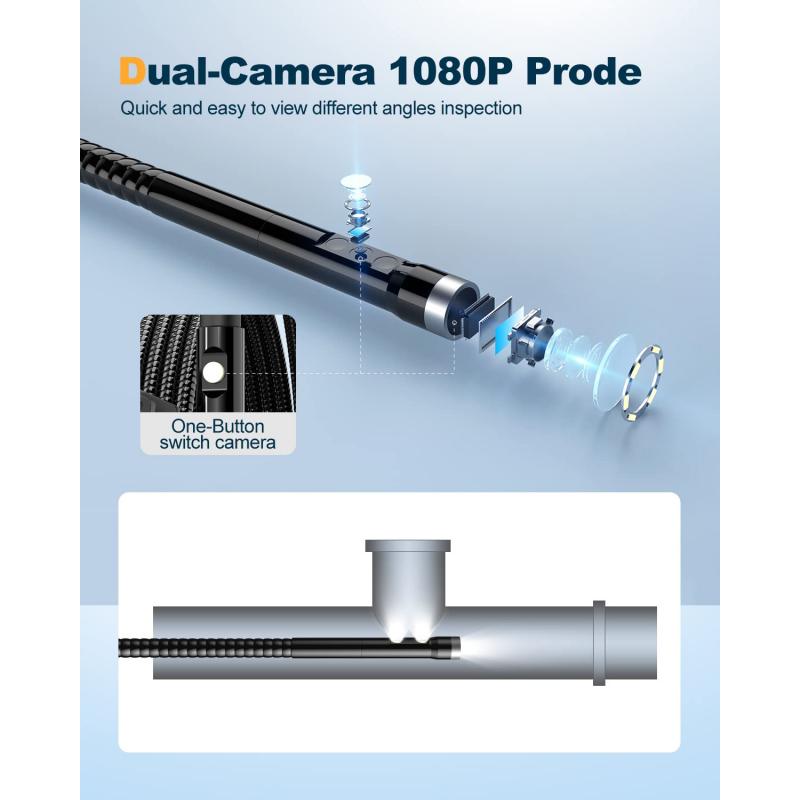
3、 Benefits and Risks of Endoscopic Brow Lift
An endoscopic brow lift is a minimally invasive surgical procedure that is performed to lift and rejuvenate the eyebrows and forehead area. It involves the use of an endoscope, which is a small, flexible tube with a camera attached to it, to visualize and access the underlying structures of the forehead.
During the procedure, several small incisions are made in the scalp, through which the endoscope and other specialized instruments are inserted. The surgeon then lifts and repositions the muscles and tissues of the forehead, removing any excess skin if necessary. The incisions are then closed with sutures or staples.
The main benefit of an endoscopic brow lift is that it provides a more natural and youthful appearance to the forehead and eyebrows, without the need for extensive incisions or scarring. The procedure can help to reduce the appearance of wrinkles, frown lines, and sagging skin in the forehead area. It can also improve the position and shape of the eyebrows, giving the face a more refreshed and alert look.
Like any surgical procedure, there are risks associated with an endoscopic brow lift. These can include infection, bleeding, scarring, and nerve damage. However, the use of the endoscope allows for better visualization and precision, reducing the risk of complications compared to traditional open brow lift techniques.
It is important to consult with a qualified and experienced plastic surgeon to determine if you are a suitable candidate for an endoscopic brow lift. They will be able to assess your individual needs and goals, and discuss the potential benefits and risks of the procedure in detail.
The latest point of view on endoscopic brow lift is that it continues to be a popular choice for patients seeking facial rejuvenation. Advances in technology and surgical techniques have made the procedure even more precise and effective. Additionally, the recovery time is typically shorter compared to traditional brow lift procedures, with less post-operative discomfort and scarring. However, it is important to note that individual results may vary, and it is crucial to have realistic expectations and follow the post-operative instructions provided by your surgeon to optimize the outcome of the procedure.

4、 Recovery and Aftercare for Endoscopic Brow Lift
Endoscopic brow lift is a minimally invasive surgical procedure used to lift and rejuvenate the eyebrows and forehead. It is performed using an endoscope, which is a small, flexible tube with a camera attached to it. This allows the surgeon to visualize the underlying structures of the forehead and manipulate them with small instruments inserted through tiny incisions.
During the procedure, the surgeon makes several small incisions behind the hairline and inserts the endoscope to view the underlying muscles and tissues. The surgeon then uses specialized instruments to lift and reposition the eyebrows, smoothing out wrinkles and reducing sagging in the forehead area. The incisions are typically closed with sutures or surgical tape.
Recovery and aftercare for endoscopic brow lift may vary depending on the individual and the extent of the procedure. However, there are some general guidelines that can be followed. Immediately after the surgery, patients may experience some swelling, bruising, and discomfort, which can be managed with pain medication prescribed by the surgeon. Cold compresses can also help reduce swelling.
It is important to keep the head elevated and avoid any strenuous activities or heavy lifting for the first few days after the surgery. Patients should also avoid bending over or straining, as this can increase swelling and pressure in the head area. The surgeon will provide specific instructions on how to care for the incisions, including when to remove any dressings or sutures.
In terms of recovery time, most patients can expect to return to work and normal activities within one to two weeks. However, it may take several months for the full results of the procedure to become apparent as the swelling subsides and the tissues heal.
It is always recommended to consult with a board-certified plastic surgeon for personalized advice and guidance regarding recovery and aftercare for endoscopic brow lift.




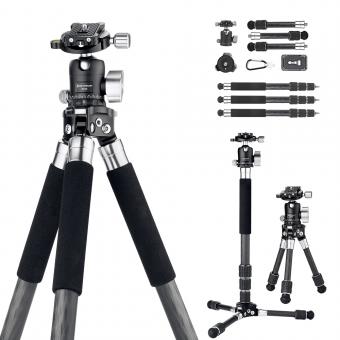







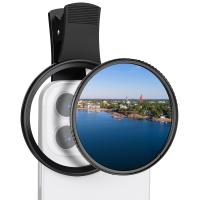
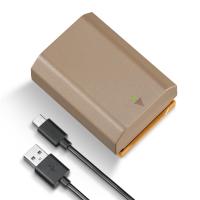



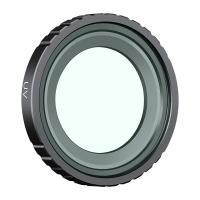
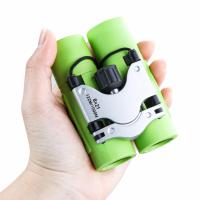


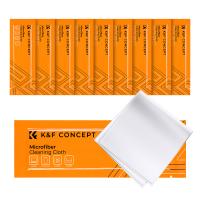
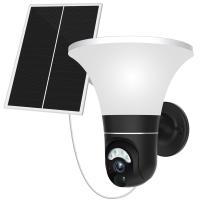
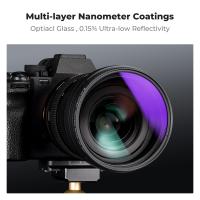


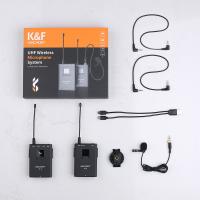


There are no comments for this blog.